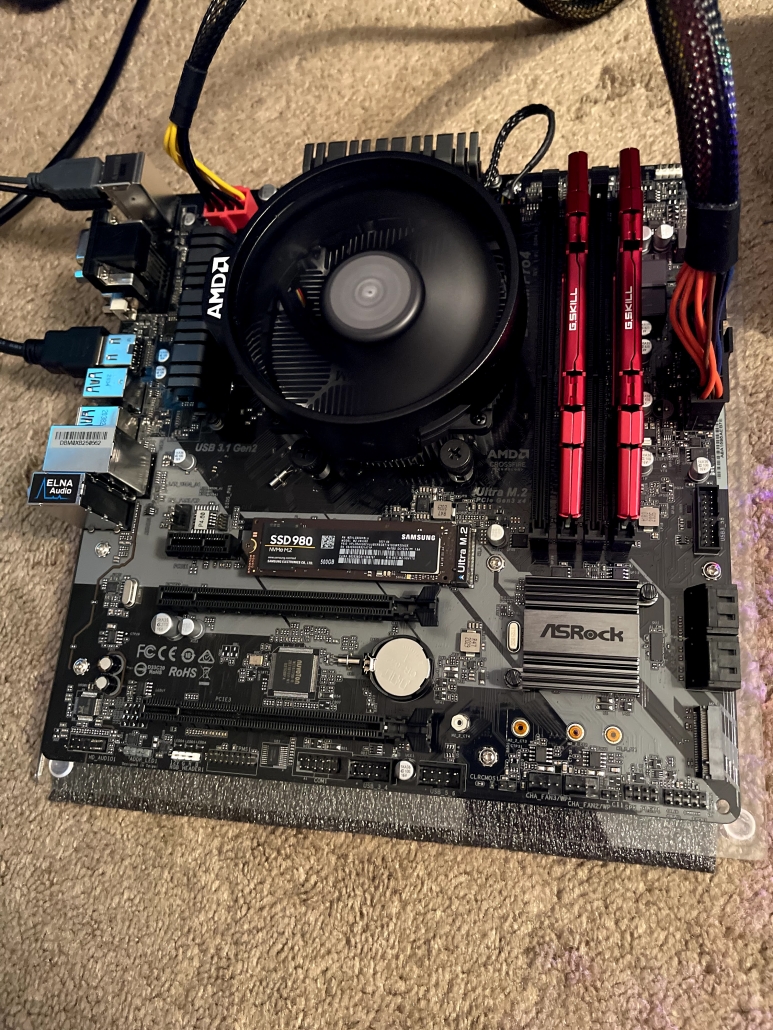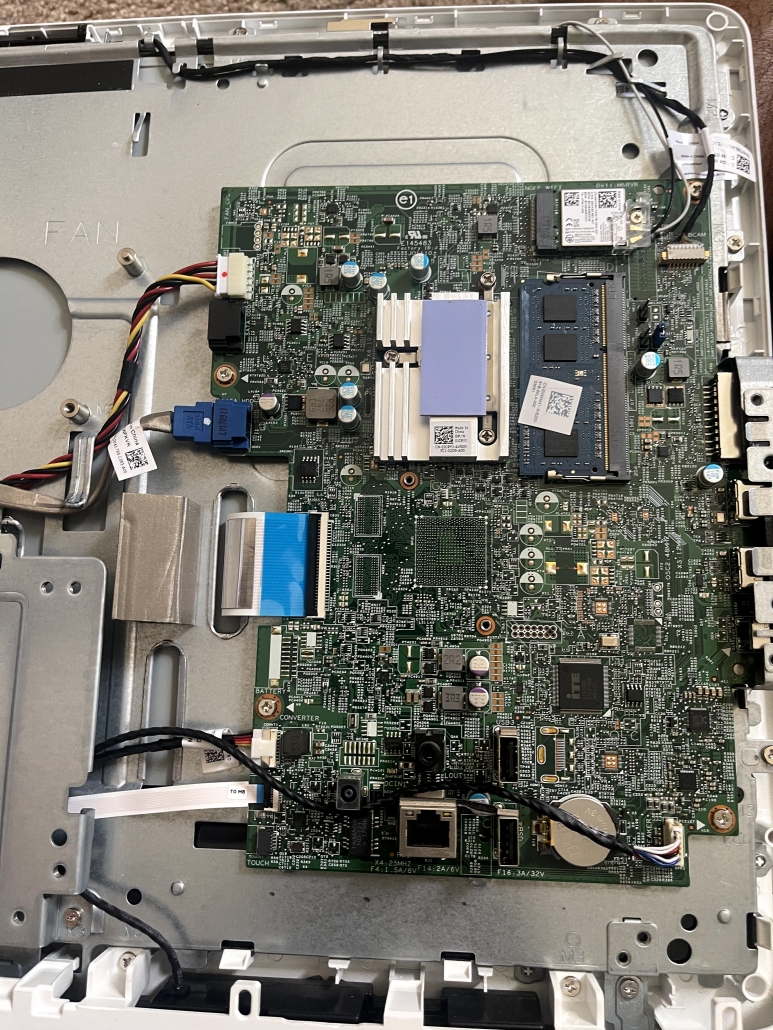
It’s important to use cybersecurity best practices to keep your data secure. Following these steps will help you to protect your computer from hackers and viruses:
1. Firewall Protection
Firewall protection software was developed to build a barrier between your data and outside interference. The firewall protects against unauthorized access from cyber attackers and alerts the system in case of any attempts. It’s important to turn on your firewall before using the internet.
2. Antivirus Software
Antivirus, also known as Anti-malware, is a program that protects your computer from viruses and malware. The removal, detection, and prevention of malware are all accomplished by antivirus software.
3. Anti-Spyware
Anti-spyware is specialized software that secretly monitors and gathers user data and information. It prevents direct interaction with malicious websites and blocks unwanted ads and search results directed toward the websites you visit. Some spyware collects financial information and passwords for every keystroke and can block all potential threats in real time.
4. Use Complex Passwords
A more complex password is the easiest method to protect your computer from being hacked.
To create a strong password, the best practices are using numbers, passphrases, password generators, and using 10 or more characters. Avoid reusing passwords and using easily memorable combinations like birthdays and other info related directly to you. If the information in your password can be found on your social media page or a simple Google search, remove it.
5. Two-Factor Authentication
As you now know, passwords act as the first line of defense against cyberattacks. Enabling two-factor authentication (2FA) is the second. 2FA provides improved security by requiring additional authentication at the time of login. Usually, two-factor authentication sends a unique, one-time code to a personal phone number or an authentication application generates a code, both are required to be entered correctly in addition to a password to successfully access an account.
6. Backup Your Computer
If you fall victim to a data breach, it becomes nearly impossible to recover your data if it has not been backed up prior. It’s important to back up your data every 24 hours to ensure you do not lose important information. You should specifically back up your data to the cloud, an external hard drive, and the original device.
It is easy for hackers to delete or alter your data and/or destroy your system. Be prepared and keep your data safe. Backup storage is available on macOS “Time Machine”. While for Windows, it is accessible in “File History”.

















